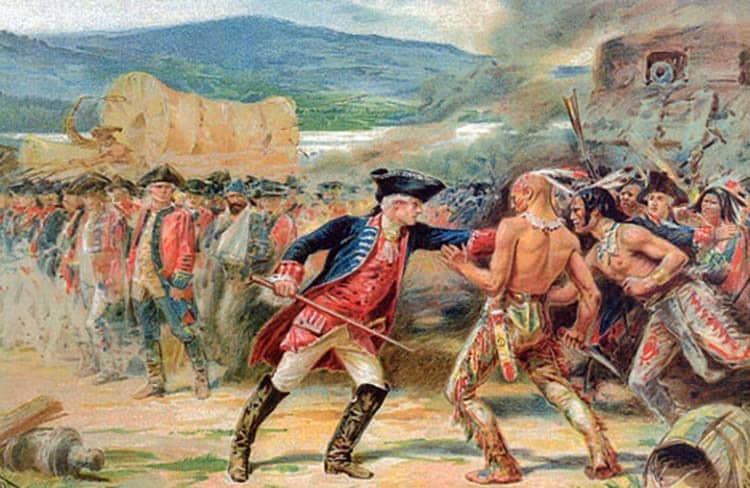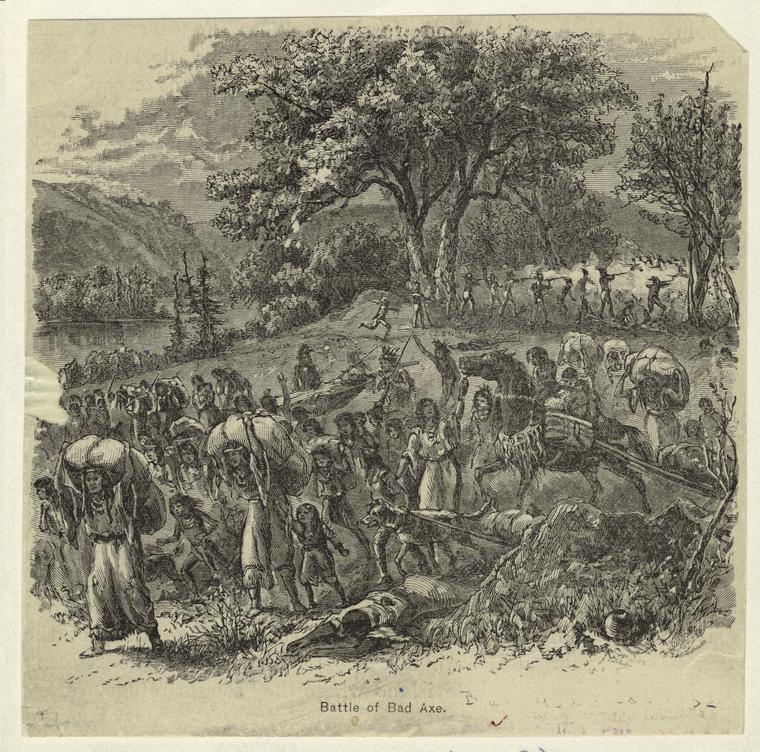
Jump to:
#1. The Sac And Fox Tribe Lived Around Lake Huron and Lake Michigan.
The earliest known location of the Sac and Fox Tribe was on the Michigan Peninsula. Here, they lived for centuries prior to European contact.
They were an Algonquian-speaking tribe like many other Northeast Indian Tribes and were neighbors of the Ojibwe and Ottawa tribes.
While the Sac and Fox are technically separate tribes, they are usually mentioned together due to their similar language.
#2. The Fox Tribe Fought The French In The 1700s

After Samuel de Champlain made first contact with the tribe, the French tribe to establish relations with them.
Compared to the English, the French often had good relations with the Native Americans. However, the Fox tribe did not care for French expansion into their lands.
During the 1700s, the Fox tribe began a war with the French that would be called the Fox Wars. The wars would end in a devastating manner for the Fox tribe as the French were more powerful. The Fox were driven off their land but merged with the Sauk tribe.
The two tribes would unite and fight to hold off any more expansion.
#3. The Tribe Split In 1815
The Sac And Fox tribe moved south and had control of much of the upper Mississippi River. However, with the United States expansion due to the Louisiana Purchase, the tribe again faced more expansion.
In 1804, a treaty was made in St. Louis that would cede much of the upper Mississippi River along with other lands. The tribe then moved to the Des Moines River.
However did not sit well with many in the tribe, and it would cause a split in 1815. This would create the Sac and Fox Nation of Missouri. This tribe would eventually cede their land for annuities and relocate to Kansas.
#4. The Tribe Participated In Black Hawk's War

The Sac and Fox Tribe still respect and honor Black Hawk.
Black Hawk wanted to reclaim territory that was lost to the Americans. This led to a 15-week war that ended at the Battle of Bad Axe.
The battle occurred in the aftermath of the Battle of Wisconsin Heights, as Black Hawk's band fled the pursuing militia.
The militia caught up with them on the eastern bank of the Mississippi River, a few miles downstream from the mouth of the Bad Axe River. The battle that followed was very one-sided: historians have called it a massacre since the 1850s.
The fighting took place over two days, with the steamboat Warrior present on both days. By the second day, Black Hawk and most of the Native American leaders had fled, though many of the band stayed behind.
The victory for the United States was decisive, and the end of the war allowed much of Illinois and present-day Wisconsin to be opened for further settlement.
This would force much of the remaining Sac and Fox to a reservation.
#5. The Sac and Fox Remain Independent

The Sac and Fox have fiercely protected their sovereignty by using the courts.
The tribe has become increasingly active in asserting its sovereignty since the late 20th century. In 1983, the tribal government established its own system for registering vehicles and issuing license plates for tribal members.
The state of Oklahoma tried to collect registration fees anyway, and the tribe sued. The US Supreme Court ruled in the tribe's favor of its independent sovereignty on May 17, 1993, in Oklahoma Tax Commission v. Sac & Fox Nation.
Other tribes have since established their own systems for vehicle registration on tribal lands. The Sac and Fox Nation celebrate May 17 as "Victory Day."
